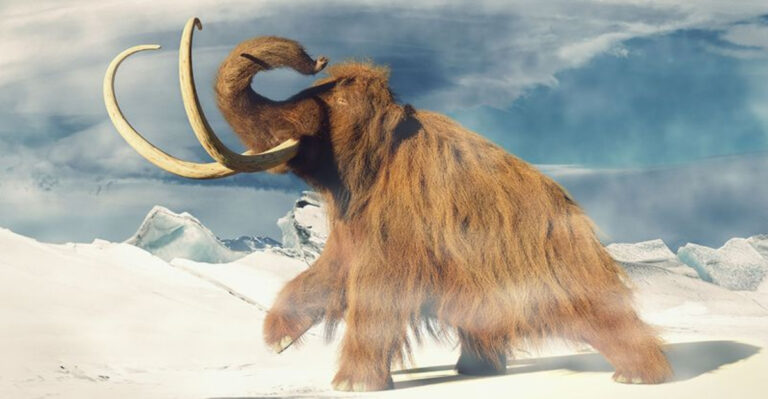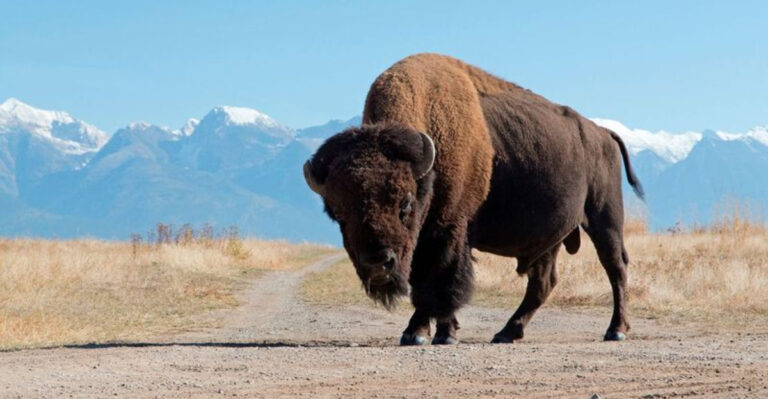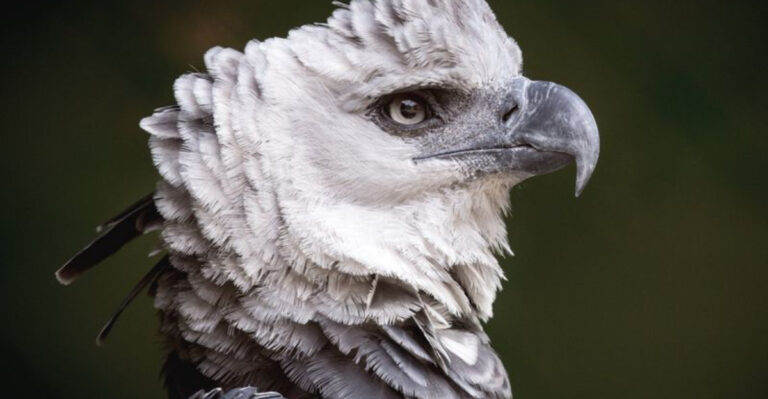Ancient Four-Legged Whale Species Discovered In Peru Dating Back 40 Million Years
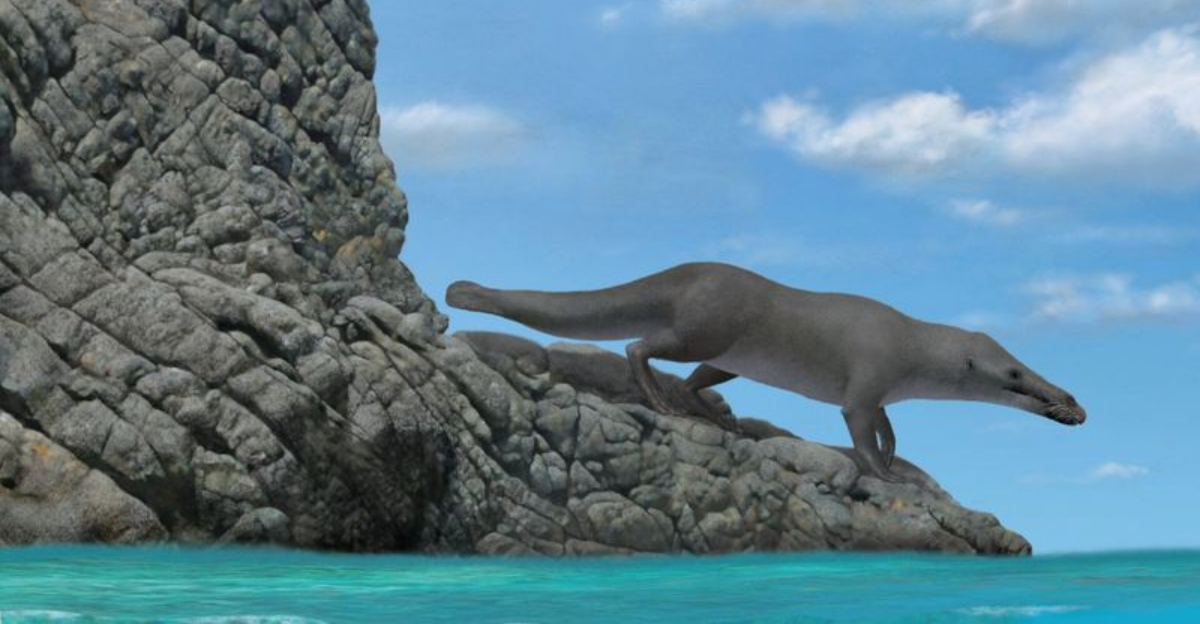
Scientists have made an incredible discovery that’s changing what we know about whale evolution. In the coastal desert of Peru, researchers found fossils of a whale species that walked on four legs about 42.6 million years ago!
This amazing creature shows how whales transformed from land animals into the ocean giants we know today. The discovery helps fill important gaps in whale history and migration patterns.
Four-Legged Whale Fossil Unearthed On The Coast Of Peru
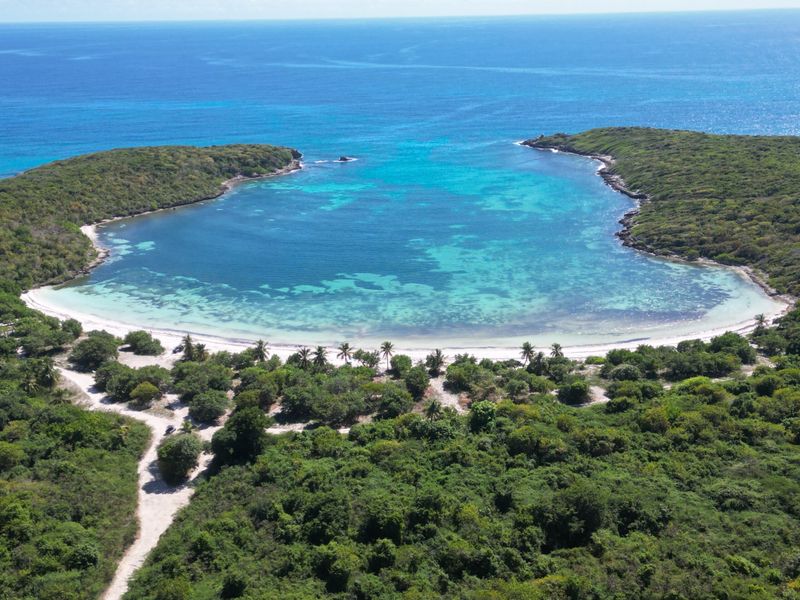
Buried in sediment for over 40 million years, this remarkable fossil emerged from Peru’s Playa Media Luna. Scientists carefully excavated the remains in 2011, revealing bones unlike any whale discovery before it.
The coastal location proved perfect for preservation, with the ancient shoreline environment turning the skeleton to stone while maintaining incredible detail. Local Peruvian paleontologists worked alongside international researchers during the painstaking extraction.
What makes this find truly special is its completeness – with skull, jaw, spine, and all four limbs intact, giving scientists a full picture of this evolutionary marvel.
Estimated To Be Around 42.6 Million Years Old
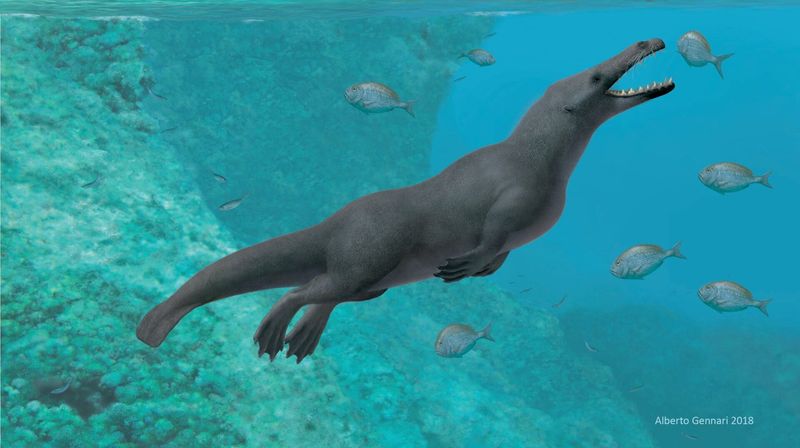
Imagine a world 42.6 million years ago during the middle Eocene epoch. Earth was warmer, sea levels higher, and mammals were evolving rapidly after dinosaurs vanished. This ancient whale lived when Peru’s current desert was a warm, shallow sea teeming with life.
Scientists determined its age through radiometric dating of the surrounding rock layers. The fossil’s age places it at a crucial evolutionary moment – right when whales were transitioning from land to sea.
For perspective, these creatures existed roughly 37 million years before humans appeared, swimming alongside primitive sharks and giant sea turtles.
Named Peregocetus Pacificus, Meaning “Traveling Whale”
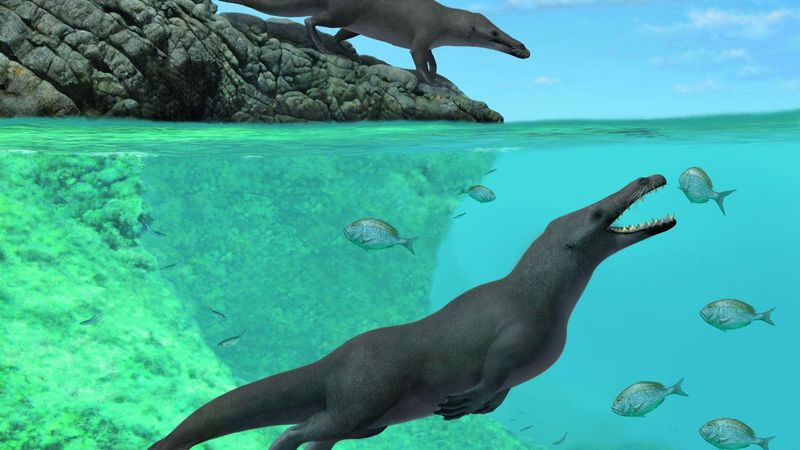
The name tells an amazing story all by itself! Scientists chose ‘Peregocetus’ from Latin ‘peregre’ meaning ‘to travel abroad’ and ‘cetus’ meaning ‘whale.’ The second part, ‘pacificus,’ refers to the Pacific Ocean where it was found.
This perfect name captures how these animals journeyed across ancient oceans, traveling from their African origins to South America. Naming new species follows strict scientific rules, requiring Latin or Greek roots and publication in scientific journals.
The research team debated several options before settling on this name that highlights the creature’s remarkable migration story.
Had Hooved, Webbed Feet Adapted For Both Swimming And Walking
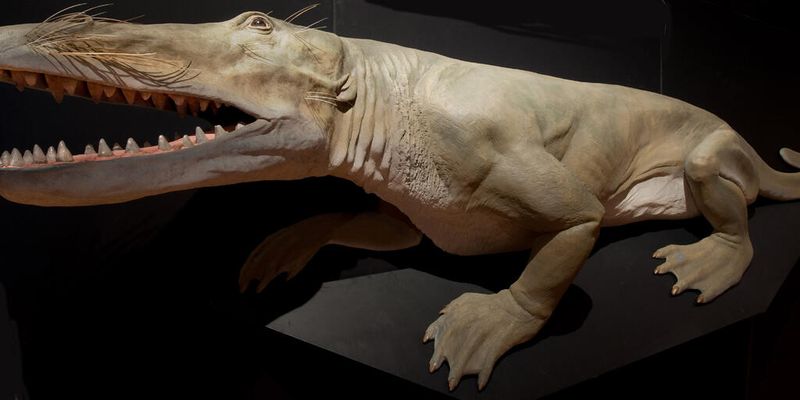
Talk about the ultimate all-terrain vehicle! Peregocetus had tiny hooves at the tips of its toes – a dead giveaway of its land-mammal ancestry. Between these toes stretched webbing that worked like flippers when swimming.
On land, it probably moved similar to today’s seals or sea lions, though more efficiently. The front feet had four toes while the back feet featured small hooves on three of their toes.
This dual-purpose design shows evolution in action – not yet fully committed to ocean life but already developing specialized adaptations. The creature could hunt in water and rest on land, enjoying the best of both worlds!
Limbs Strong Enough To Support Its Weight On Land
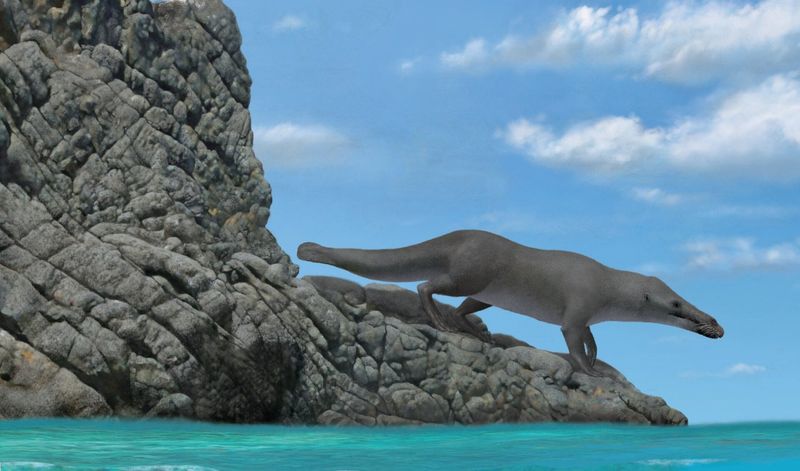
Unlike modern whales that would collapse under their own weight on shore, Peregocetus had robust leg bones built for land adventures. The fossil shows thick, sturdy limbs with well-developed shoulders and hip joints that could support its 4-meter length when beached.
Scientists found muscle attachment points on the bones suggesting powerful limbs. The whale’s front legs bent at the elbow much like a dog’s, while its hind legs connected firmly to its spine through a strong pelvis.
These features reveal a creature comfortable in two worlds – strong enough for terrestrial travel yet streamlined enough for efficient swimming.
Tail And Feet Indicate It Was A Powerful Swimmer
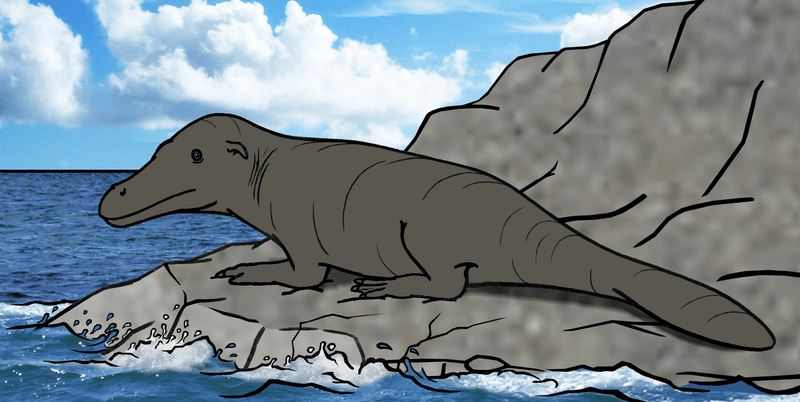
The tail tells an incredible story of adaptation! While not fully developed into a modern whale’s fluke, Peregocetus had a long, powerful tail that propelled it through water with impressive force. Small bones at the tail’s end suggest it may have had a small fluke or fin.
Its feet worked like paddles, pushing water backward while the streamlined body reduced drag. The spine shows signs of up-and-down movement rather than the side-to-side motion of fish.
Researchers believe it swam similar to otters or crocodiles – using a combination of limb paddling and tail undulation to chase prey through ancient seas.
Measuring About 4 Meters Long With Sharp Teeth And A Long Snout
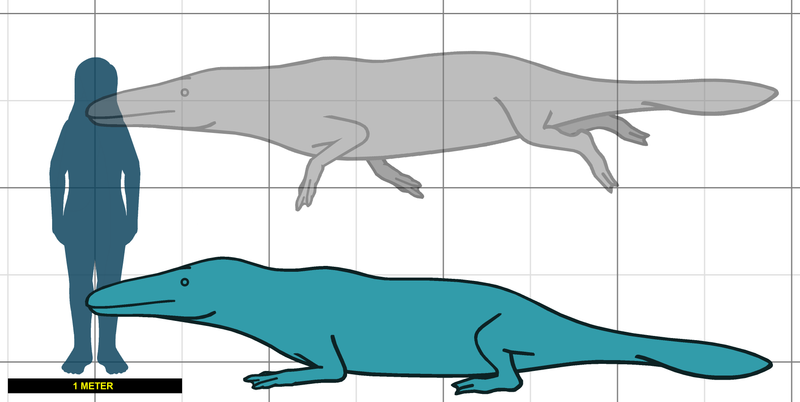
Roughly the size of today’s beluga whale, Peregocetus stretched about 4 meters (13 feet) from snout to tail. Its elongated jaw housed rows of sharp, interlocking teeth – nothing like the baleen filters of modern whales!
The snout resembled a crocodile’s, perfect for snatching fish and squid from ancient seas. This hunting equipment reveals it was a fearsome predator rather than a gentle giant.
Weight estimates suggest it was around 600 pounds – hefty but not impossibly heavy for land movement. Its body shape balanced the needs of streamlined swimming with the stability required for walking on shore.
The First Quadrupedal Whale Discovered In The Pacific Region
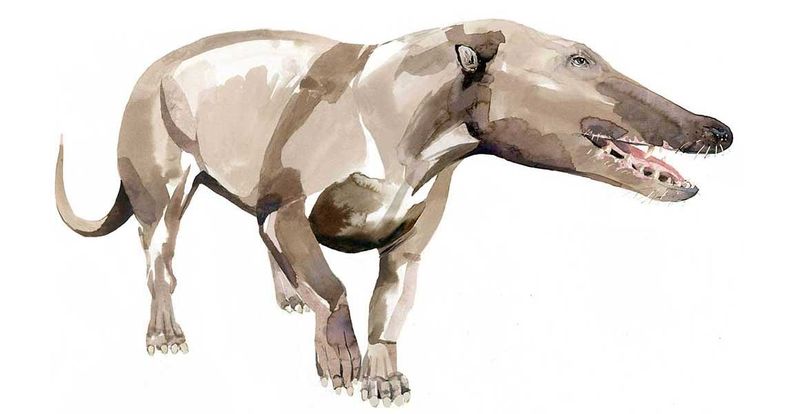
Before this groundbreaking find, four-legged whale fossils had only been discovered in India, Pakistan, and parts of Africa. The Peru discovery shocked scientists by proving these creatures had spread much farther than anyone imagined!
Other early whale fossils from the Pacific region showed more advanced, flipper-like limbs without the ability to walk on land. This discovery bridges a crucial gap in the fossil record between regions.
The find suggests ancient whales were incredible travelers, capable of swimming vast distances while still in evolutionary transition. It rewrote scientific understanding of whale migration patterns and their global spread.
Provides Evidence That Early Whales Migrated From Africa
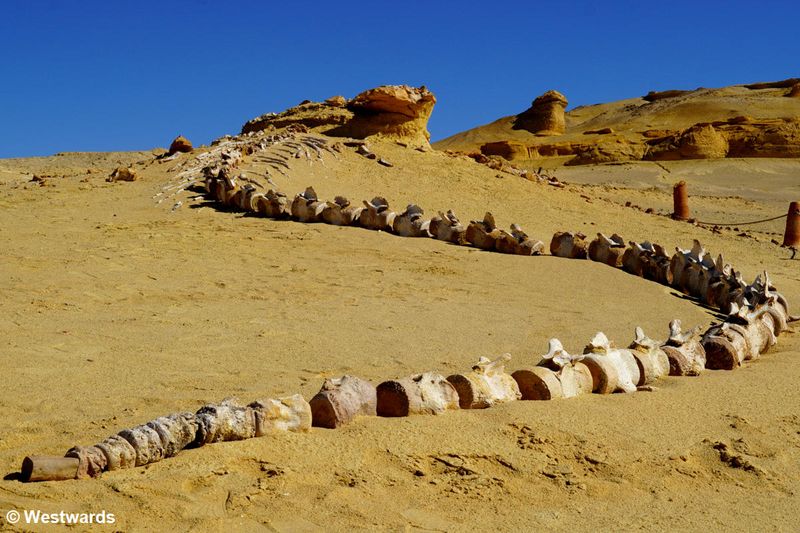
The fossil rewrites whale history books! Scientists previously found the oldest whale ancestors in Africa and India, but how did they reach the Americas? This discovery provides the missing puzzle piece.
Peregocetus closely resembles 43-million-year-old whale fossils from West Africa, suggesting these animals swam across the then-narrower Atlantic Ocean. The South Atlantic measured about half its current width during the Eocene epoch.
Ocean currents likely helped these early migrants, carrying them westward on their incredible journey. This single fossil confirms a theoretical migration route scientists had proposed but couldn’t prove until this remarkable discovery.
A Key Discovery In Understanding Whale Evolution From Land To Sea
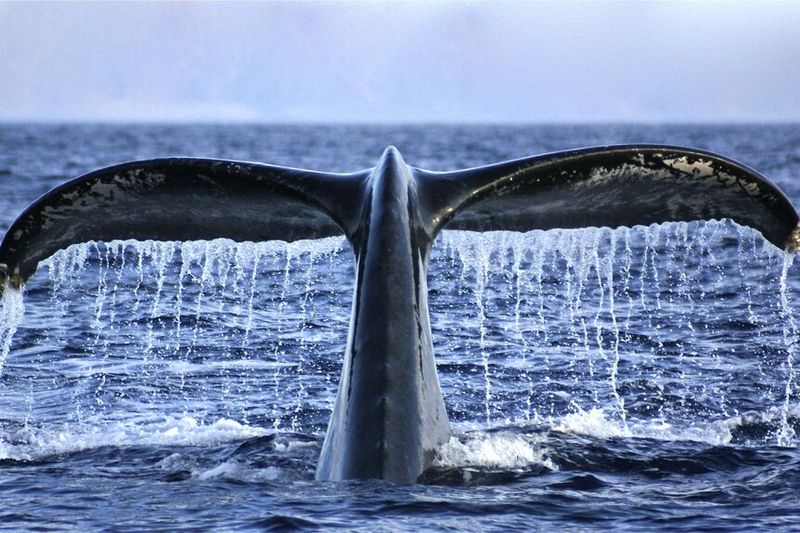
From hooves to flippers – what an incredible journey! Whales evolved from small, deer-like land mammals about 50 million years ago. Peregocetus represents the middle stage of this transformation, showing features of both worlds.
Modern whales have finger bones inside their flippers – a leftover from their land-dwelling ancestors. Peregocetus helps explain this evolutionary pathway, showing how legs gradually became flippers.
The discovery fills a 10-million-year gap in whale fossil records between primitive Pakistani walking whales and more advanced swimming whales found in North America. This single fossil connects continents and evolutionary stages, making it one of paleontology’s most important finds.



